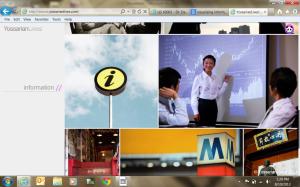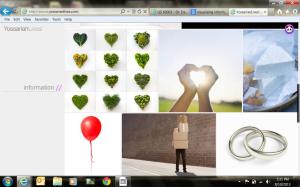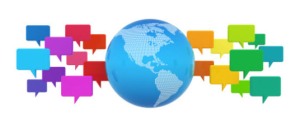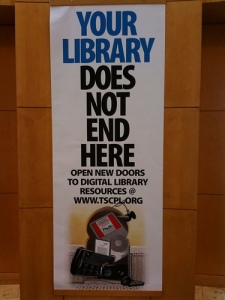While I was listing to the lecture Visualizing Information, I kept thinking about a metaphorical search engine that I ran across while working on a project for another class. The search engine, YossarianLives!, is based on the concept that rather than sharing information everyone else knows you generate new knowledge based on algorithms generated by the search engine. The search engine returns pictures that are potentially metaphorically meaningful to the user who can then tag them and / or share them creating a whole new knowledge base.
So for instance if I search “information” I am returned a number of photos which in some way shape or form can be or could be or have been related to term “information”. I mark the photos that speak “information” to me thereby creating a whole new genus of information about information. This type of search engine caters to “people working at the edge of their field…looking to generate new ideas or see their problem or topic in a whole new light.” [YossarianLIves! About] It’s geared toward the creative, the stumped and the blocked.
Some of the images are very obvious…

But it is fascinating how the images I may not find useful in relation to information someone else might, and then there will be a totally different genus for information based on how that person saw “information”.
So swinging this around to libraries, I think we, as professionals, need to keep in mind that people will see and understand things differently. I think the best way to alleviate this issue is to incorporate the Library 2.0 tools that we have available allowing the user to tailor the library at least virtually to their needs, wants and tastes. By letting the patron design their own map we are actually gathering valuable insights to how people access, digest and use information. Which if we’re smart we’ll use to that data to figure out a way to reorganize the library for the patrons.
In the lecture one student pointed out that by specifying directions for one place isn’t it possible that the user is missing another; and I have to agree, by letting a handful of people decide what and how materials are organized we are running the risk of obscuring information that could be very valuable. I think in libraries we need to let the users take the steering wheel and make the maps, we have the technology, we just have to use it.




